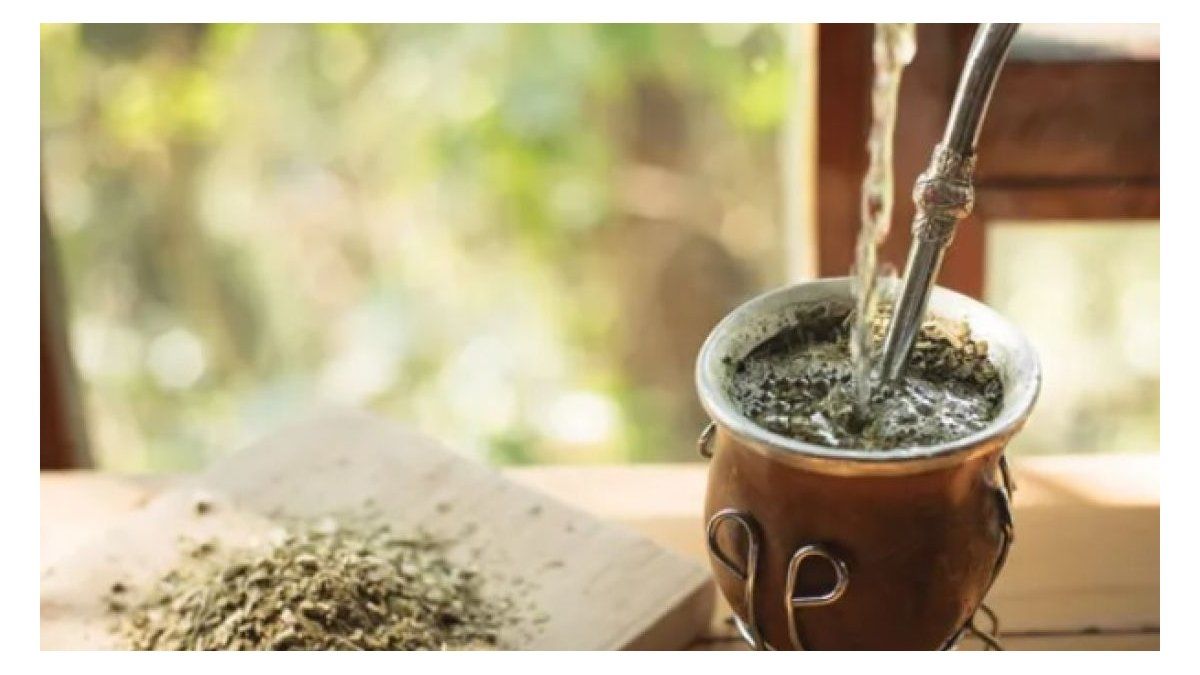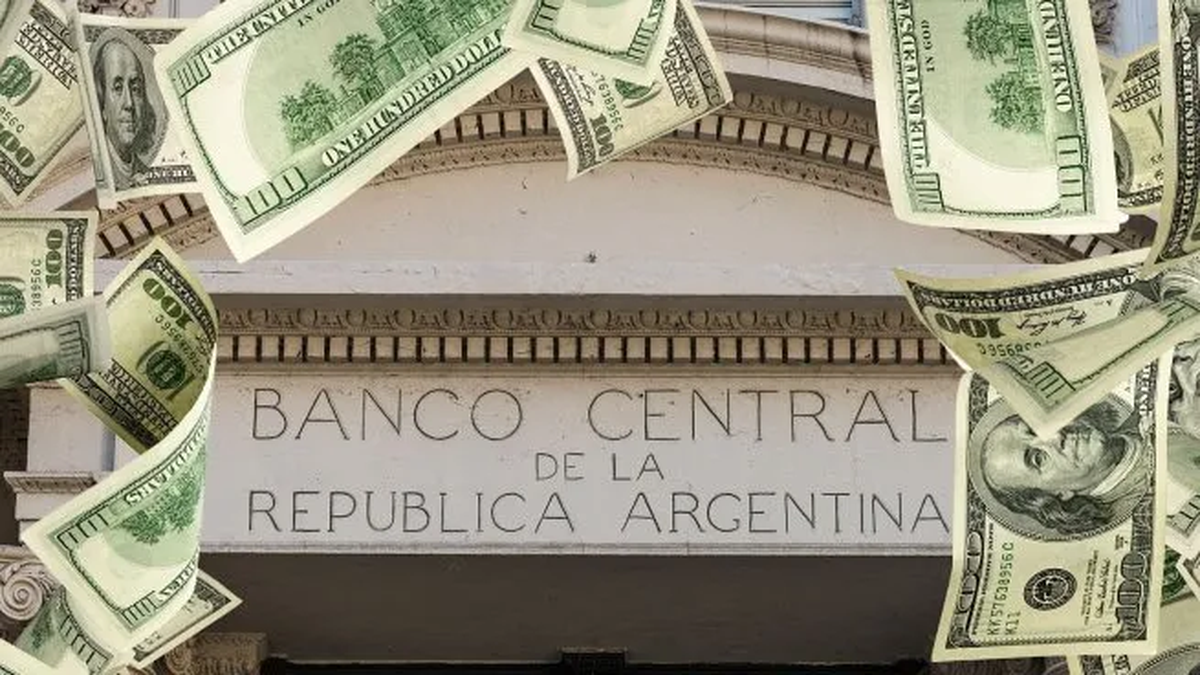They ask that the price of the sheet be doubled. They question deregulation of the activity derived from decree 70/23 of Javier Milei. There are concerns about imports from Brazil and Paraguay, as well as the drop in demand.
He yerbatero producer only manages to capture 5.7% of the sale price in the gondola in September 2024, that is, 1.3 percentage points less than in September 2023 and 2.4 points less than the 2020-2023 average. It is the worst moment, from 2019 to the present, between the producer price and the shelf price per kilo.
The content you want to access is exclusive to subscribers.
For producers to receive the same percentage of the shelf price as in the 2020-2023 average (8.1%), the value of a kilo of green leaf should be $356, a increase of 42% compared to the current. In turn, producers demand a value of $496 per kilo, which would be equivalent to 11% of the shelf price (back to April 2023) and an increase of 98% in relation to the current price. Today you can barely pay between 170 and 220 pesos per kilo of green leaf.


The price deregulation proposed in el DNU 70implies that yerba mate processing industries can arbitrarily decide the price to pay the producer without any price reference that guarantees cost coverage to face a new harvest.
According to data published by INDEC, imports of yerba mate and simply yerba mate excluded (ground, ready for packaging), coming from Paraguay and Brazilin the first nine months of 2024 they reached 8.93 million kilos, 149% more than the same period in 2023. Although a reduction to zero was recorded in the last two months, this value is well above the average of the last 10 years, being surpassed only between 2020 and 2022 as a result of the prolonged drought that considerably affected the area’s herbs, causing a decrease in yields.
This is so, to the point that, in May 2022, the National Yerba Mate Institute (INYM) itself issued a resolution that required that “all operators registered with the INYM who operate with imported yerba mate must report in their monthly sworn statements and the country of origin of the yerba canchada with which they operate.”
Who mattered?
According to a study by Center for Argentine Political Economythe increase in imports corresponds to the large herbal industries of Corrientes and Misiones. Las Marías and La Cachuera imported 70% of what came in from Paraguay and Brazil, followed by Importadora Sudamericana SRL, a firm based in the northern area of Greater Buenos Aires.
According to www.economis.com.ar, between January and September 2024, the drying establishments processed a total of 968,057,487 kilograms of green leaf, which represents the greatest harvest progress accumulated until the month of September in the last five years. This volume is 21.8% above the average for the 2020-2023 period and 31.7% above the level recorded in 2023.
However, as seen in other markets, Domestic consumption, as a result of a significant drop in purchasing power, fell 8.8% year-on-year in the first nine months of the year. The accumulated record from January to September 2024 is the worst of the last nine years and is 10.1 pp from the peak of consumption experienced in 2021. The statistical data recorded by the National Yerba Mate Institute reveal that, during September In 2024, the volume of yerba mate produced at the mill output reached 23.8 tons: just 0.8% above the September 2023 level.
Source: Ambito




